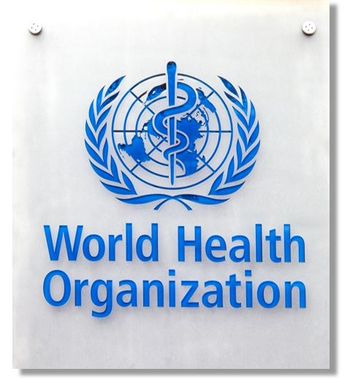
Second-Hand Smoke Bestows Cardiovascular Disease Biomarkers
NOTTINGHAM, England -- Second-hand cigarette smoke leaves a suspicious trail of cardiovascular-disease biomarkers in non-smokers, found a large cross-sectional study here.
NOTTINGHAM, England, Feb. 14 -- Second-hand cigarette smoke leaves a suspicious trail of cardiovascular-disease biomarkers in non-smokers, found a large cross-sectional study here.
Compared with smoke-free persons, non-smokers exposed to second hand tobacco had significantly higher levels of serum fibrinogen and homocysteine, the cardiovascular-disease biomarkers, reported Andrea Venn, Ph.D. of the University of Nottingham in an online edition of Circulation, Journal of the American Heart Association.
Smoke exposure was confirmed by measuring serum cotinine, a nicotine metabolite, said Dr. Venn. Non-smokers who had detectable levels of cotinine had fibrinogen concentrations that averaged 8.9 mg/dL higher (95% confidence intervals 0.9 to 17.0, P=0.03) than non-smokers with no evidence of exposure to cigarette smoke.
The mean difference in homocysteine levels was 0.8 mol/L (95CI 0.4 to 1.1 P
Cotinine was undetectable in 18% of participants; in the other 82%, the median level was 0.215 ng/mL.
Of the participants, 31% reported that they were exposed to passive smoke in the home or at work.
Both low- and high-cotinine groups had significantly higher levels of fibrinogen and homocysteine than the group with no detectable cotinine, Dr. Venn wrote.
The findings were "biologically plausible because both fibrinogen and homocysteine are markers of inflammation and platelet activation, two important processes of the cardiovascular system thought to be very sensitive to toxin in [second hand smoke]," she added.
Finally, she noted that the findings were consistent with an earlier study that linked second-hand smoke exposure to cardiovascular risk. However that study was "based on self-reported exposure, but our effect sizes were approximately twice as high, perhaps because serum cotinine is a more valid measure of [second hand smoke] exposure than self-report."
An editorial clinical perspective suggested that "this study demonstrates that plasma levels of fibrinogen and homocysteine are significantly increased in nonsmokers even with low levels of cotinine in a representative sample of U.S. adults. These findings may suggest a possible mechanism for the finding that very low levels of cigarette smoke have a disproportionately large effect in promoting the pathogenesis of cardiovascular disease."
Newsletter
Enhance your clinical practice with the Patient Care newsletter, offering the latest evidence-based guidelines, diagnostic insights, and treatment strategies for primary care physicians.



















































































































































































































































































